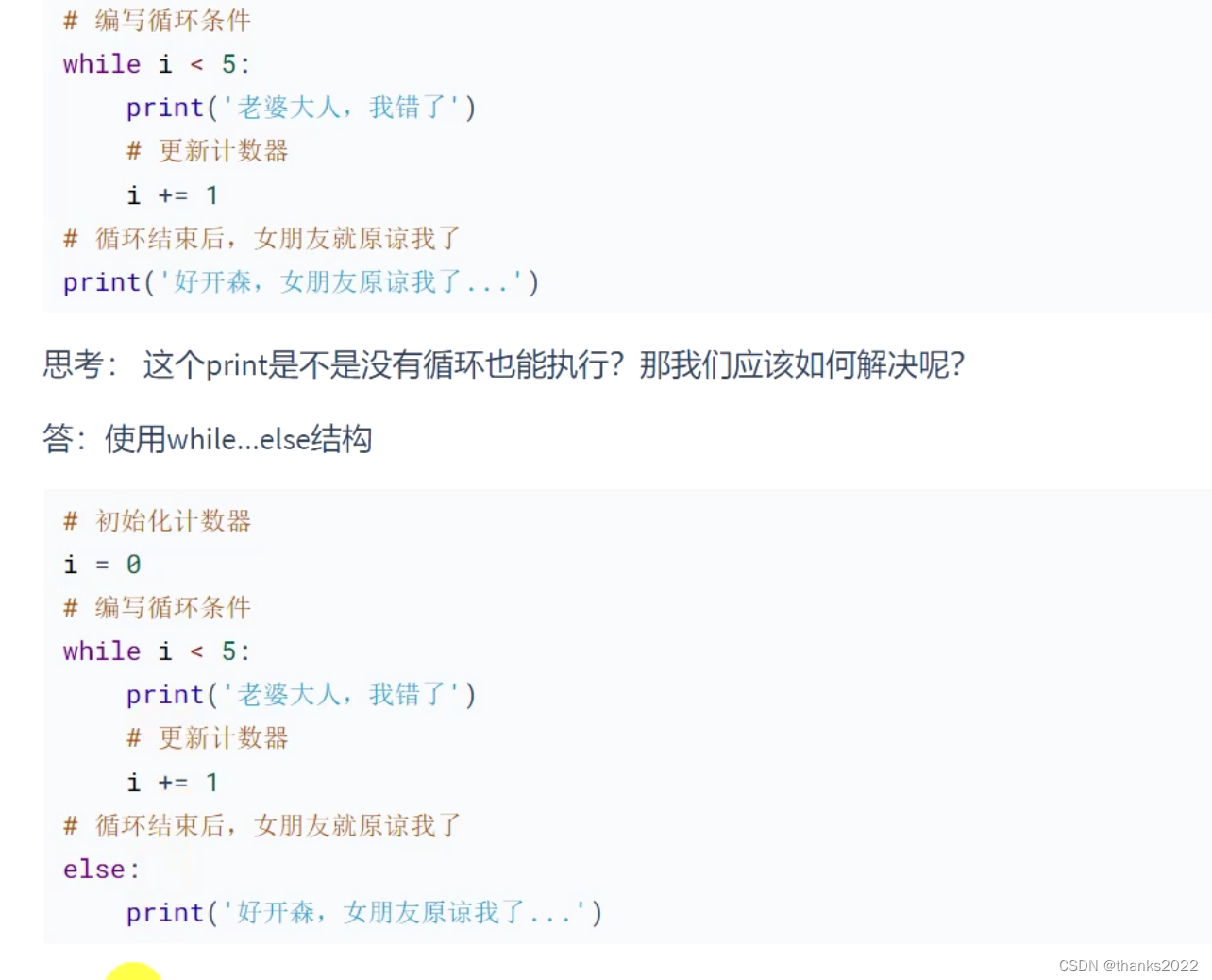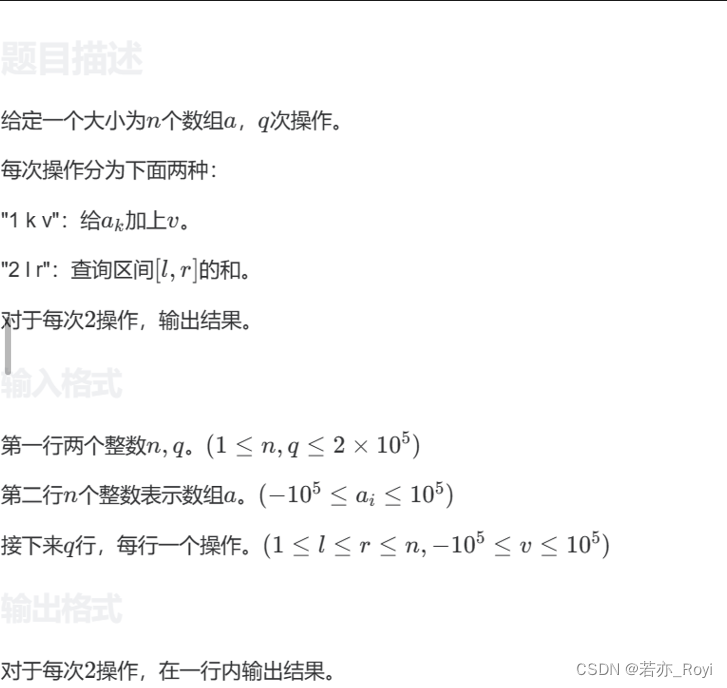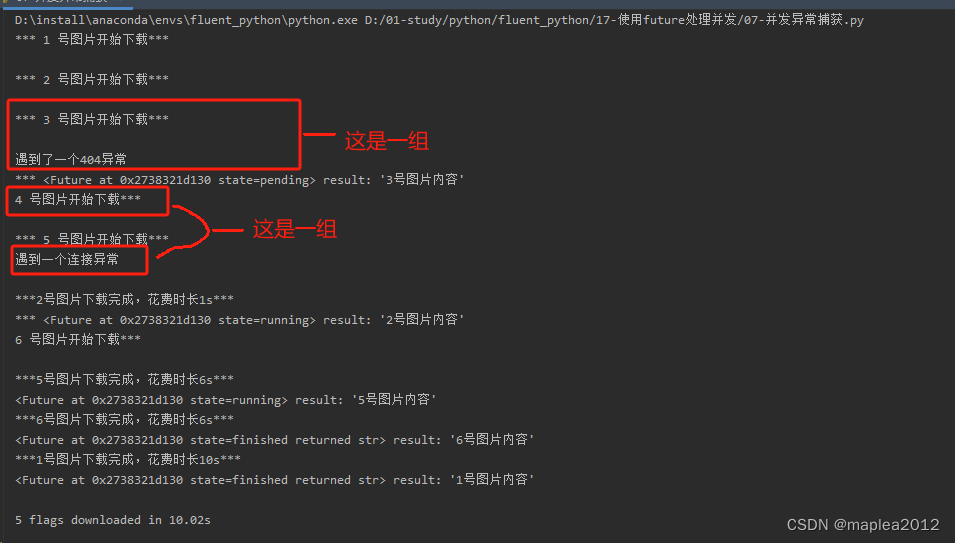目录
- 1.8080电阻屏LCD设备
- 1.1 构造流程
- 1.2 使用
- 2.spi电阻屏LCD
- 3.i2c电阻屏LCD
- 4.总结
电阻屏LCD通信接口有支持I2c、SPI和8080通信接口的,根据通信接口分立章节。
另外,lcd这块不像其他设备类,rtt没有实现lcd设备类的设备驱动框架层,那么只好在驱动层(bsp所在)直接实现了,这样会导致各个bsp有很多重复的代码,有待抽象。
1.8080电阻屏LCD设备
以stm32f407-atk-explorer为例,该bsp支持电阻触摸屏LCD,在/bsp / stm32 / stm32f407-atk-explorer / board / ports /drv_lcd.c中定义了该设备类:
struct drv_lcd_device
{
struct rt_device parent;
struct rt_device_graphic_info lcd_info;
};
其中struct rt_device_graphic_info是在/ components / drivers / include / drivers /classes/graphic.h定义的:
struct rt_device_graphic_info
{
rt_uint8_t pixel_format; /**< graphic format */
rt_uint8_t bits_per_pixel; /**< bits per pixel */
rt_uint16_t pitch; /**< bytes per line */
rt_uint16_t width; /**< width of graphic device */
rt_uint16_t height; /**< height of graphic device */
rt_uint8_t *framebuffer; /**< frame buffer */
rt_uint32_t smem_len; /**< allocated frame buffer size */
};
然后实例化了该设备类
static struct drv_lcd_device _lcd;
1.1 构造流程
并实现了其构造函数drv_lcd_hw_init:
int drv_lcd_hw_init(void)
{
rt_err_t result = RT_EOK;
struct rt_device *device = &_lcd.parent;
/* memset _lcd to zero */
memset(&_lcd, 0x00, sizeof(_lcd));
_lcd.lcd_info.bits_per_pixel = 16;
_lcd.lcd_info.pixel_format = RTGRAPHIC_PIXEL_FORMAT_RGB565;
device->type = RT_Device_Class_Graphic;
#ifdef RT_USING_DEVICE_OPS
device->ops = &lcd_ops;
#else
device->init = drv_lcd_init;
device->control = drv_lcd_control;
#endif
device->user_data = &fsmc_lcd_ops;
/* register lcd device */
rt_device_register(device, "lcd", RT_DEVICE_FLAG_RDWR | RT_DEVICE_FLAG_STANDALONE);
return result;
}
INIT_DEVICE_EXPORT(drv_lcd_hw_init);
可以看到其重写了父类——设备基类的方法——但是只是重写了init方法和control方法。
其对象图如下
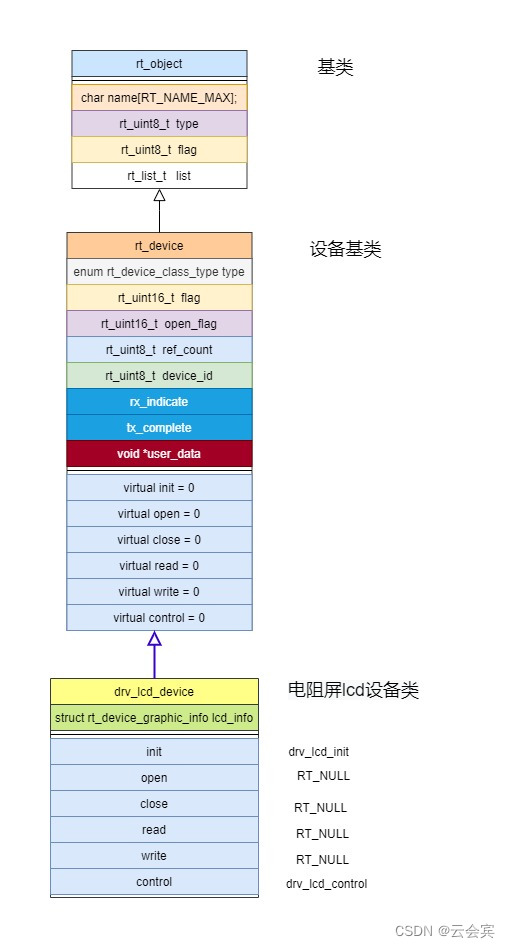
然后它就调用设备基类的构造函数rt_device_register,将电阻屏LCD设备对象放到对象容器里管理。
详细参见io设备管理层。
https://blog.csdn.net/yhb1206/article/details/136440373
1.2 使用
在/bsp / stm32 / stm32f407-atk-explorer / board / ports / touch /drv_xpt2046_init.c中,
static int touch_xpt2046_init(void)
{
xpt2046_init_hw();
rt_thread_t tid = rt_thread_create("xpt2046", xpt2046_entry, RT_NULL, 1024, 8, 20);
RT_ASSERT(tid != RT_NULL);
rt_thread_startup(tid);
return RT_EOK;
}
INIT_COMPONENT_EXPORT(touch_xpt2046_init);
void xpt2046_init_hw(void)
{
……
lcd = rt_device_find("lcd");
rt_device_init(lcd);
}
在rtt的io设备框架面向对象学习-touch设备中说过,因为此bsp的LCD是电阻触摸LCD屏,所以在xpt2046_init_hw中初始化触摸设备,最后也初始化了LCD。
在xpt2046_entry线程中,读取到触摸坐标点,若开启了lvgl绘图,则通知lvgl绘图,否则直接调用rt_graphix_ops(lcd)->set_pixel在LCD上绘制点的轨迹。
void xpt2046_entry(void *parameter)
{
……
while (1)
{
……
#ifdef PKG_USING_LVGL
lv_port_indev_input(read_data.x_coordinate, read_data.y_coordinate, ((read_data.event == RT_TOUCH_EVENT_DOWN) ? LV_INDEV_STATE_PR : LV_INDEV_STATE_REL));
#else /* PKG_USING_LVGL */
const rt_uint32_t black = 0x0;
rt_graphix_ops(lcd)->set_pixel((const char *)(&black), read_data.x_coordinate, read_data.y_coordinate);
#endif
rt_thread_mdelay(1);
}
}
如上线程,若是lvgl读到触摸坐标则调用lv_port_indev_input通知lvgl事件,/bsp / stm32 / stm32f407-atk-explorer / board / ports/drv_lcd.c中的函数lcd_fill_array作为对接lvgl的绘图回调函数:
void lcd_fill_array(rt_uint16_t x_start, rt_uint16_t y_start, rt_uint16_t x_end, rt_uint16_t y_end, void *pcolor)
{
rt_uint16_t *pixel = RT_NULL;
rt_uint16_t cycle_y, x_offset = 0;
pixel = (rt_uint16_t *)pcolor;
for(cycle_y = y_start; cycle_y <= y_end; ) {
LCD_SetCursor(x_start, cycle_y); LCD_WriteRAM_Prepare();
for(x_offset = 0;x_start + x_offset <= x_end; x_offset++)
{
LCD->RAM = *pixel++;
}
cycle_y++;
}
}
可以看到通过绘点来实现显示刷新。
但是如果没有开启lvgl,则直接调用rt_graphix_ops(lcd)->set_pixel,它是/ components / drivers / include / drivers /classes/graphic.h定义的lcd操作接口:
struct rt_device_graphic_ops
{
void (*set_pixel) (const char *pixel, int x, int y);
void (*get_pixel) (char *pixel, int x, int y);
void (*draw_hline)(const char *pixel, int x1, int x2, int y);
void (*draw_vline)(const char *pixel, int x, int y1, int y2);
void (*blit_line) (const char *pixel, int x, int y, rt_size_t size);
};
#define rt_graphix_ops(device) ((struct rt_device_graphic_ops *)(device->user_data))
而之前drv_lcd.c中实现了该接口:
struct rt_device_graphic_ops fsmc_lcd_ops =
{
LCD_Fast_DrawPoint,
LCD_ReadPoint,
LCD_HLine,
LCD_VLine,
LCD_BlitLine,
};
并在构造函数drv_lcd_hw_init中赋给了设备基类的user_data 成员
device->user_data = &fsmc_lcd_ops;
这样就能直接操作lcd绘图。
2.spi电阻屏LCD
spi通信的电阻屏LCD是怎么操作的,可以参照官方开发板麻雀一号开发板。
它的实现是没有创建新的lcd设备对象的,它是直接操作spi设备+DC(命令/数据控制引脚)进行结合来通信控制lcd显示的。
在麻雀一号开发板sdk的samples/lcd_test/samples/drv_lcd.c中封装了如下函数:
static struct rt_spi_device *spi_dev_lcd;
static int rt_hw_lcd_config(void)
{
spi_dev_lcd = (struct rt_spi_device *)rt_device_find("spi3");
return RT_EOK
}
static rt_err_t lcd_write_cmd(const rt_uint8_t cmd)
{
rt_size_t len;
rt_pin_write(LCD_DCx_PIN, PIN_LOW);
len = rt_spi_send(spi_dev_lcd, &cmd, 1);
if (len != 1)
{
LOG_I("lcd_write_cmd error. %d", len);
return -RT_ERROR;
}
else
{
return RT_EOK;
}
}
static rt_err_t lcd_write_data(const rt_uint8_t data)
{
rt_size_t len;
rt_pin_write(LCD_DCx_PIN, PIN_HIGH);
len = rt_spi_send(spi_dev_lcd, &data, 1);
if (len != 1)
{
LOG_I("lcd_write_data error. %d", len);
return -RT_ERROR;
}
else
{
return RT_EOK;
}
}
……
等等很多函数,是直接对spi设备包装,调用spi接口发送数据即可。
使用的例程也是直接调用这些封装画点,画线等函数。
所用的框架只是spi的rtt框架。
3.i2c电阻屏LCD
i2c暂未找到参照物,但是应该是spi一样。
没有单独的lcd新类,而是如spi一样直接使用i2c框架即可。
4.总结
只是看到了io设备框架的流程,具体的底层驱动如何实现则不在描述范围。
一般电阻屏可以同时支持多种通信接口,需要软硬件结合进行设计。
8080接口在stm32中一般用SRAM来模拟。其他芯片也有类似的功能。spi和i2c通信也都是比较常见,但速度和效率不如8080接口。
lcd在rtt中没有设备框架驱动层,所以只好放到各个bsp所在的驱动层来实现。8080直接抽象出新的lcd类,其他也没有,其实也可以抽象一样的。
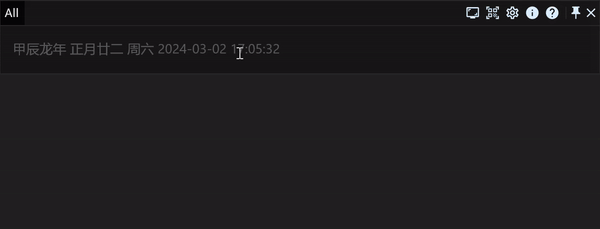
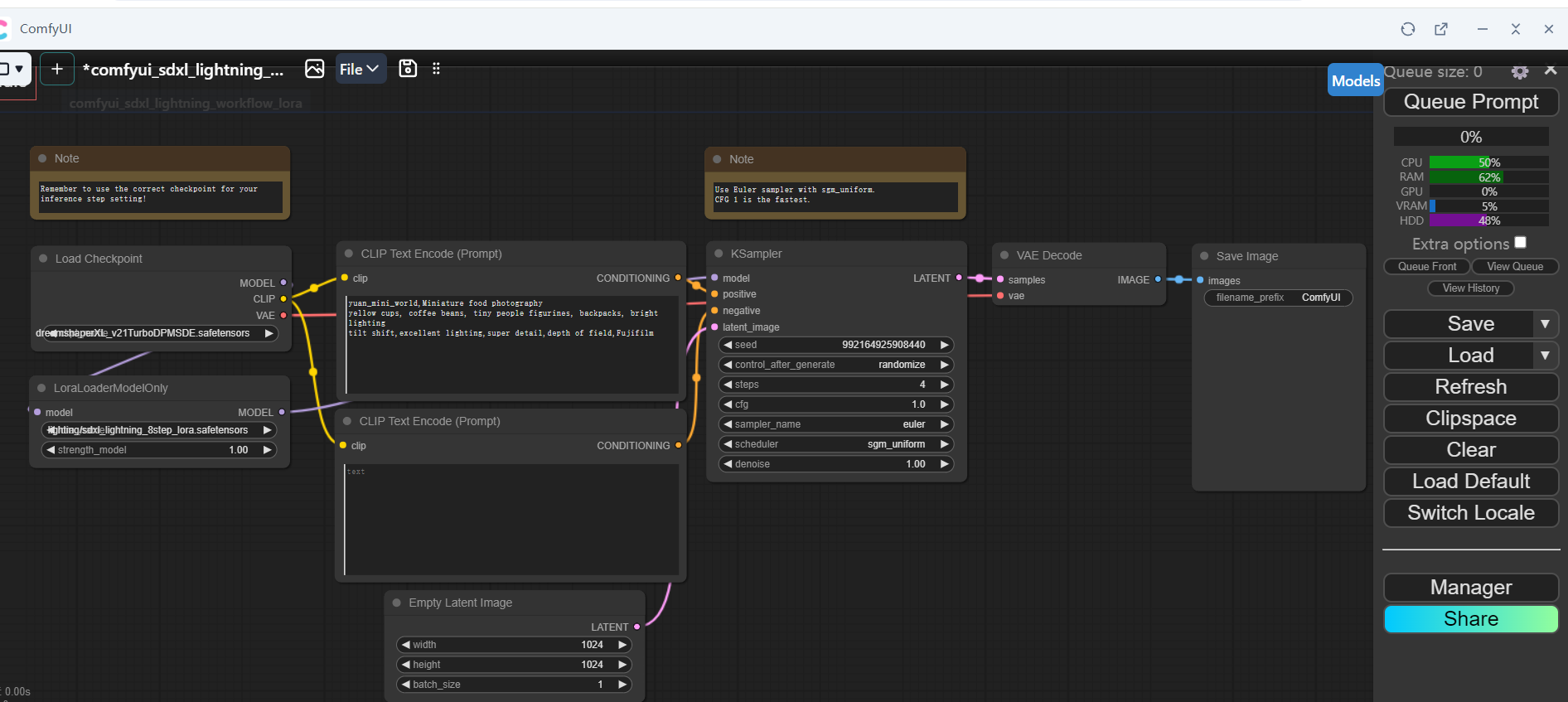




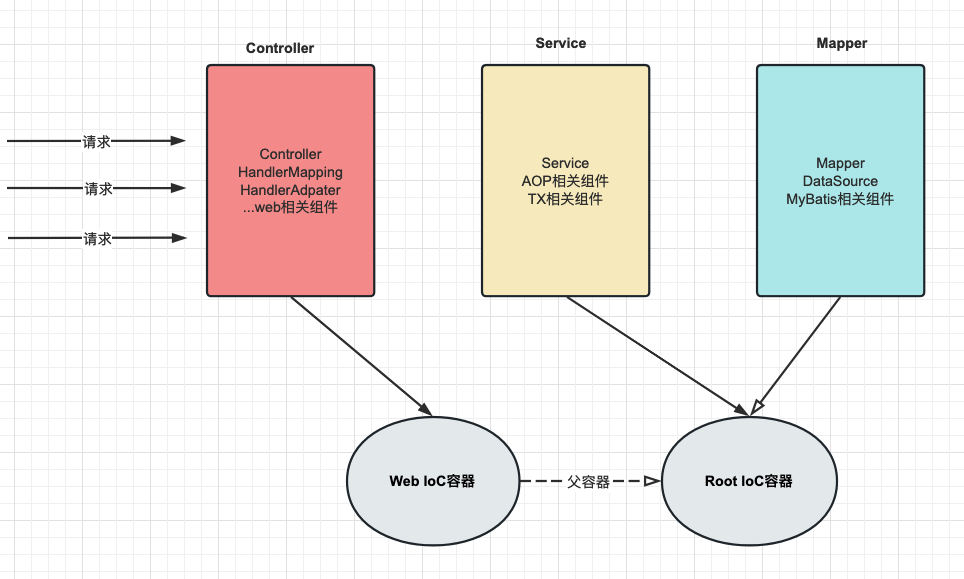

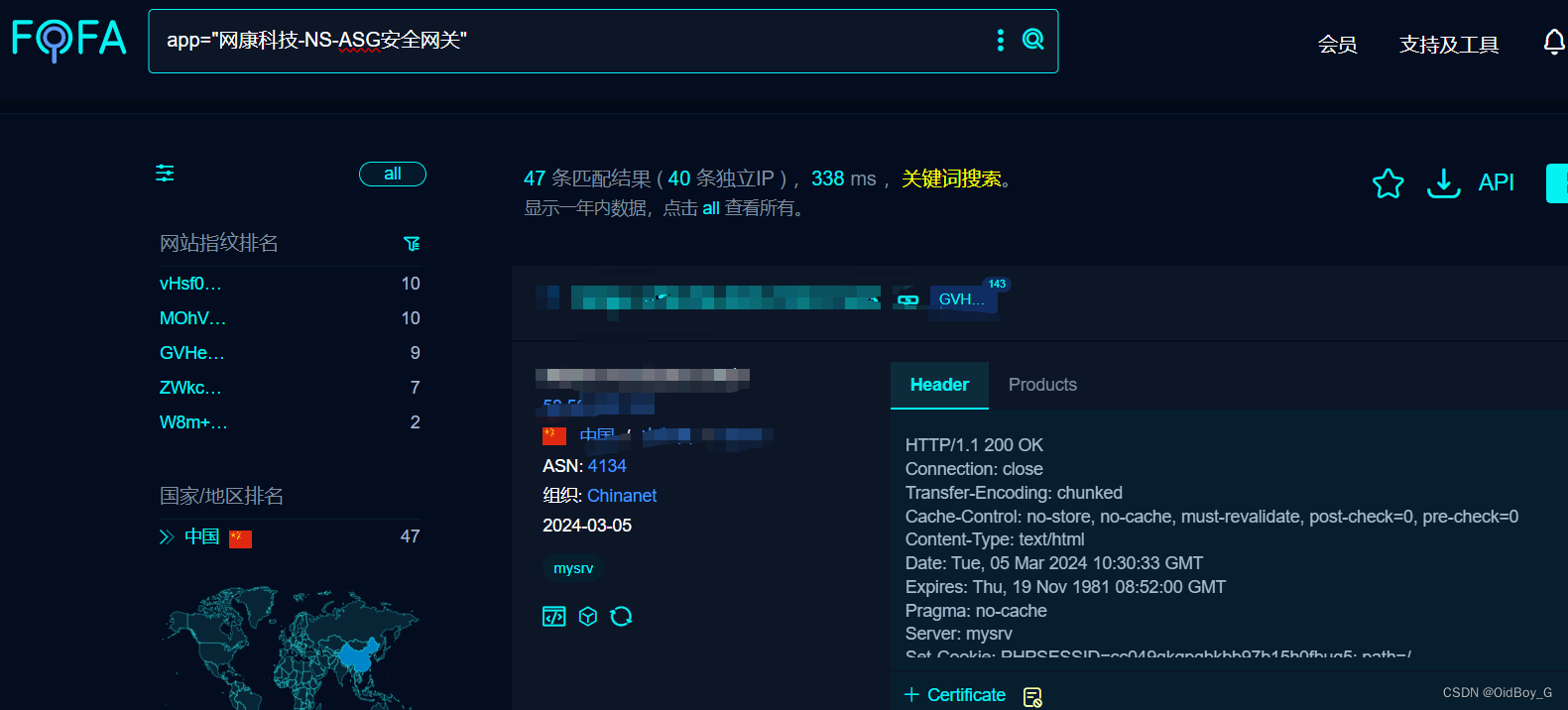
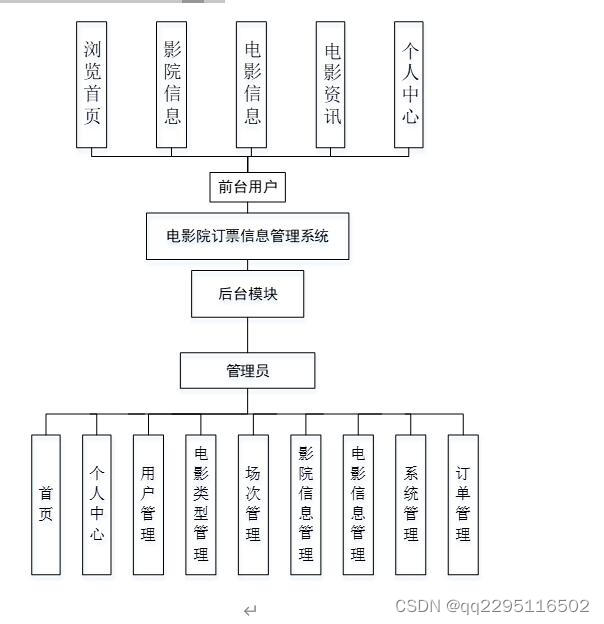


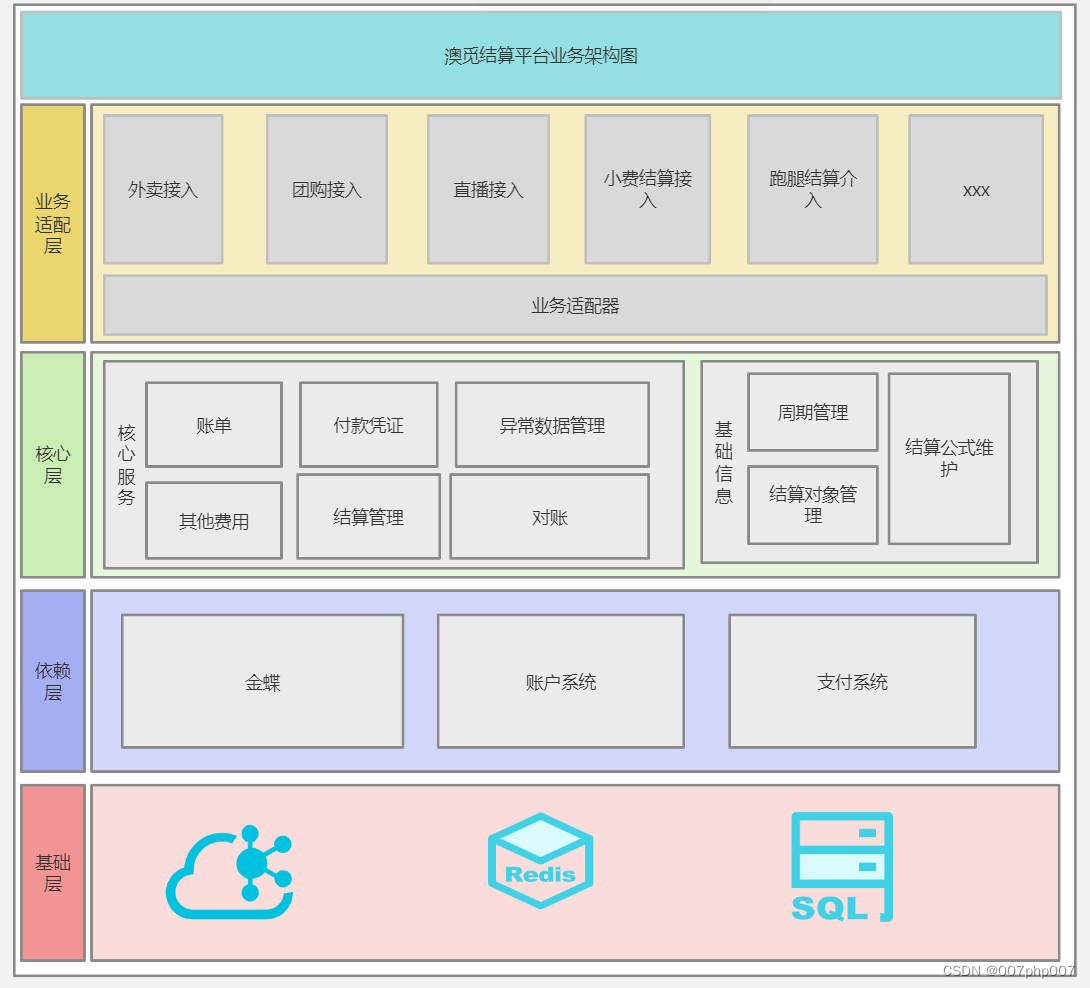
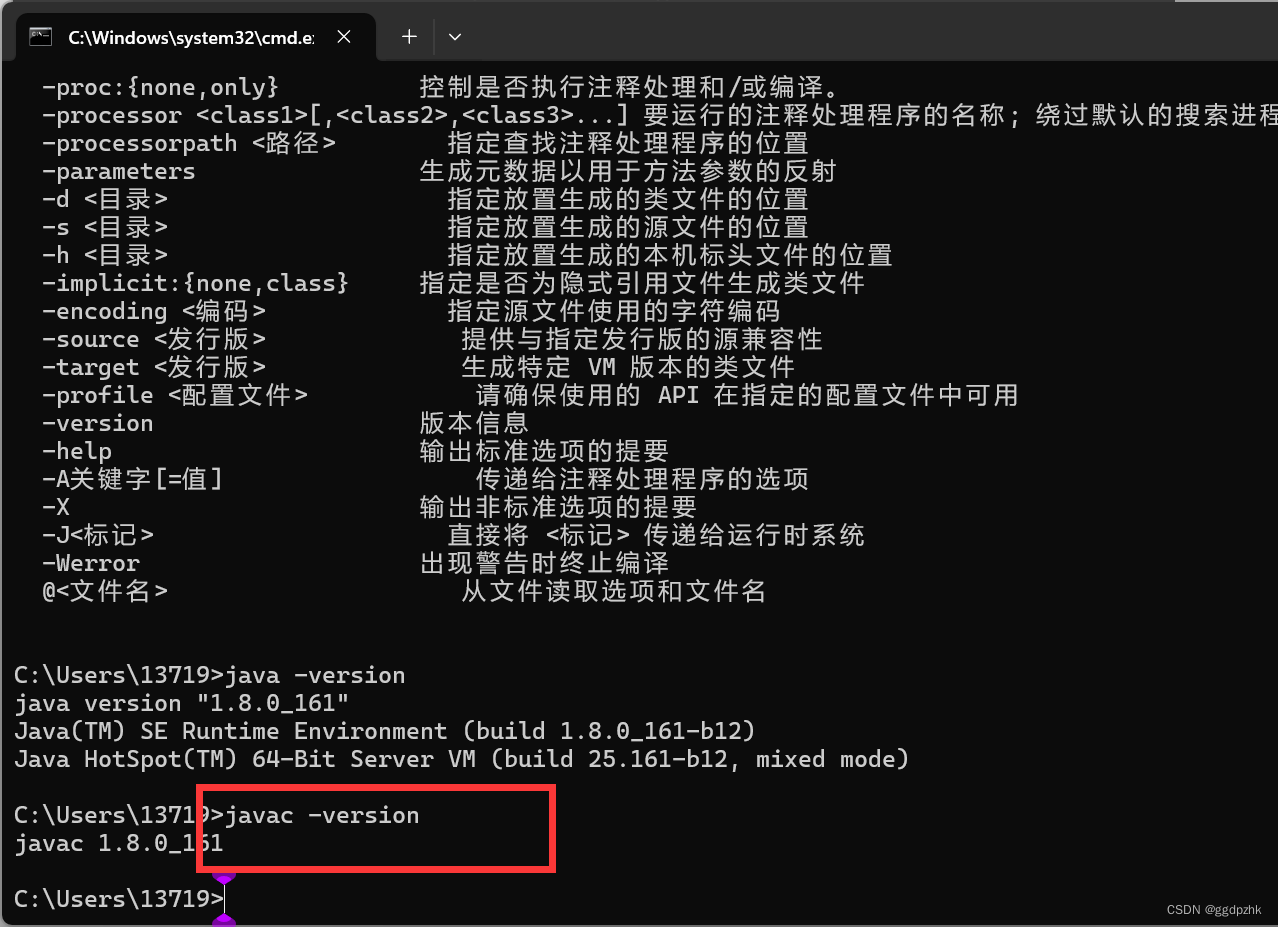
![about batch[0].new(storage)的问题(VOT)](https://img-blog.csdnimg.cn/direct/880b1b1c604844af91a2447116b2341e.png#pic_center)
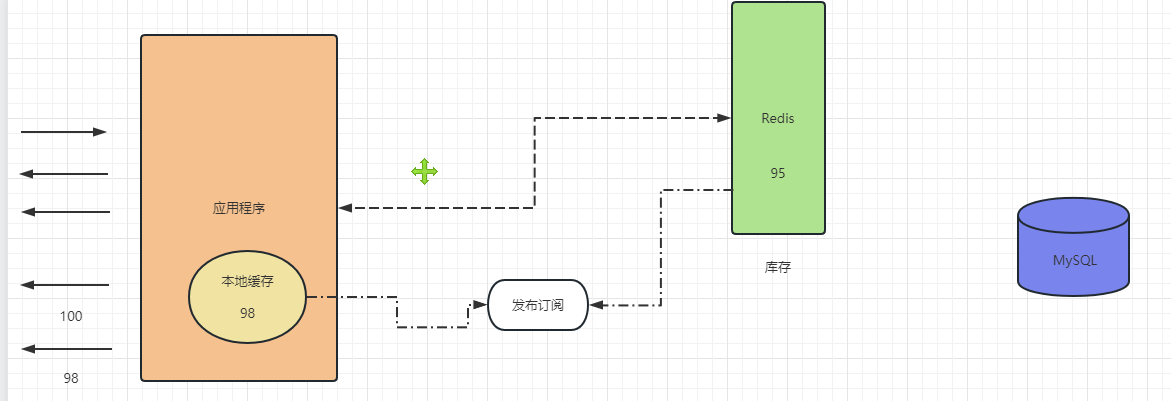
![[动态规划]---part2](https://img-blog.csdnimg.cn/direct/1e899192b9a44cba86211439e4b9ecaa.png)
